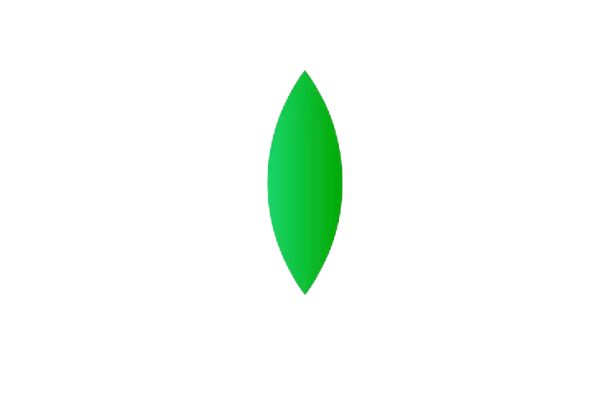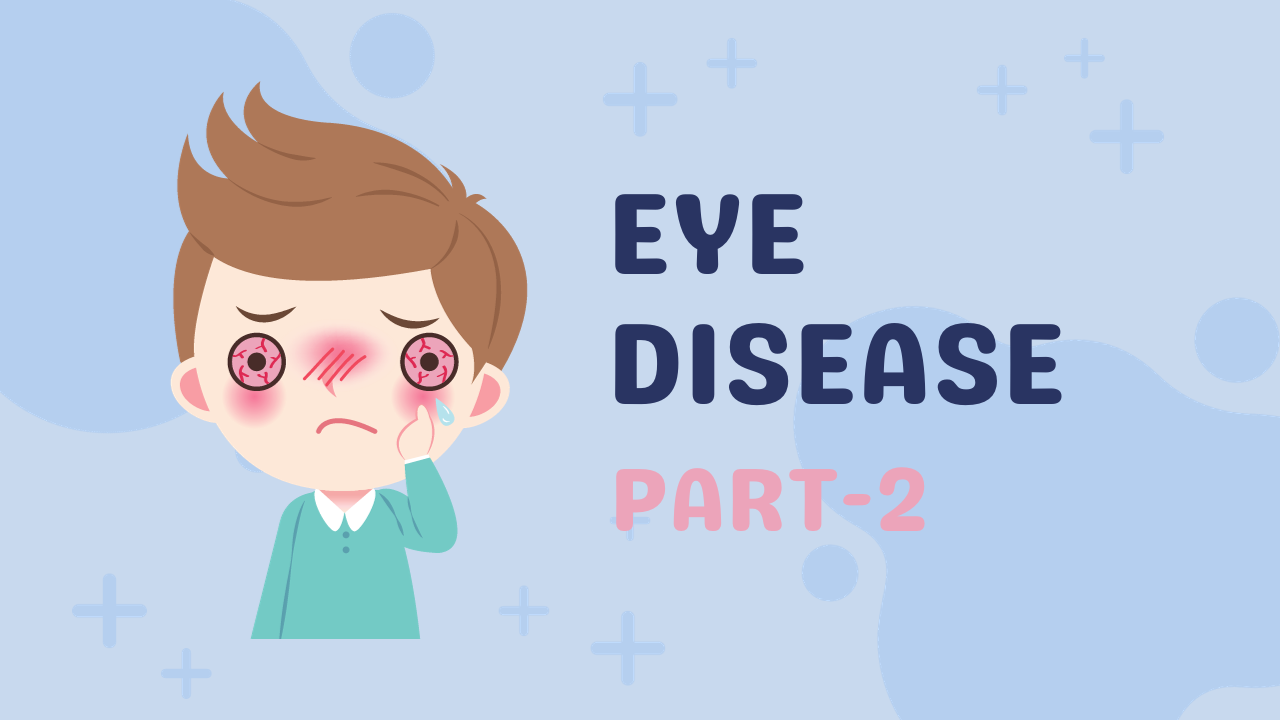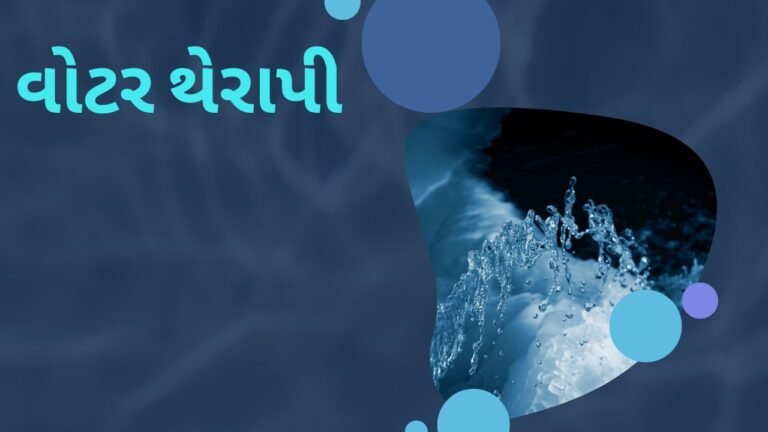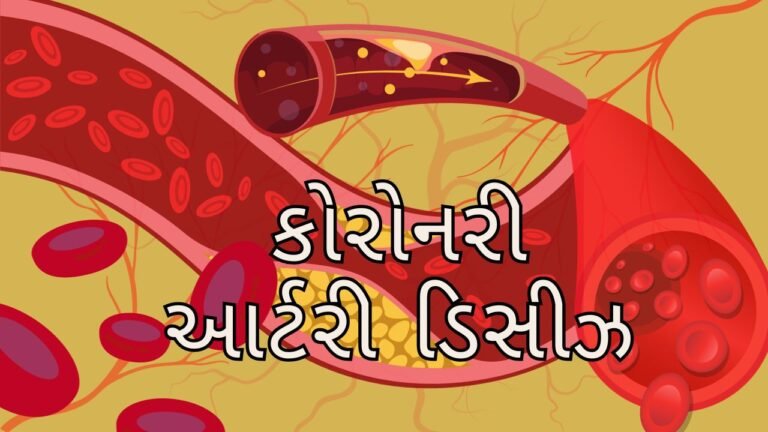EYE DISEASES PART 2
EYE DISEASES PART 2
We are going to talk about two diseases affecting the eyes, diplopia or double vision and cataract respectively.
When we talk about diplopia or double vision, it is defined as the perception of two blurred images of one single object. For example, a person, when they see their hand may see multiple number of fingers instead of just five. To understand it better, diplopia is further divided into two parts.
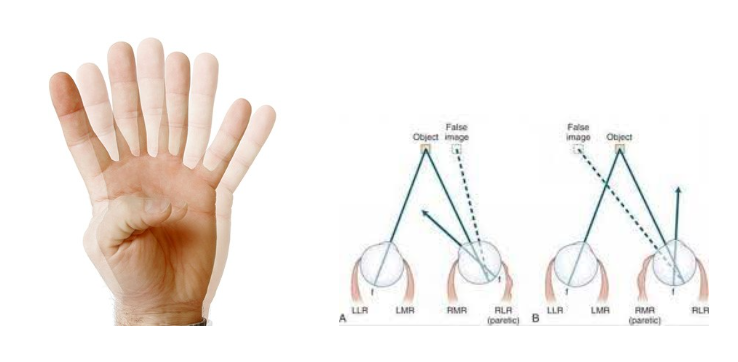
- Monocular diplopia: Monocular; that means mono or single type of diplopia is where you get a double vision in one of the eyes. You can try closing one of the eyes one by one to check if there are any issues regarding your vision. Diplopia or double vision through one eye is monocular diplopia. Most of the cases are of the monocular type of diplopia.
- Binocular diplopia: In this type of diplopia, double vision type of perception is from both the eyes. Both the eyes show double vision.
In both the cases, the root causes are similar:
- Restrictions in the extra ocular muscles (EOM).
- Bleeding around extra ocular muscles or rupture in the nerves(temporary).
- Obstructions of inferior rectus in line.
- Prolapse of Periorbital fat.
- Fibrosis (permanent and dangerous) within muscles/fat.
Problems in certain types of cranial nerves and different neurological disorders may also cause this disease. Apart from this, genetical imbalances, hyperthyroidism, myasthenia graves (imbalance in neuron cycle), etc.
THE MOST COMMON SIGNS AND SYMPTOMS FOR THIS DISORDER ARE:
- Not being able to see clearly or seeing double images.
- The object that can be seen clearly by the patient when it is close to their vision, is not clearly visible or recognizable when kept at a further distance, say 7 meters.
WAYS TO DIAGNOSE DIPLOPIA:
- Ophthalmologists or eye specialists are the only people fit for detection of disorders regarding the eyes.
- Forced Reduction Test is done for diagnosing patients.
- They can go through with checking the graft standard or inferior rectus. This helps them understand whether the diplopia is monocular or binocular and what extents of damage are done.
- By understanding the movement of globes in the eyes.
Now, when it comes to this disorder, exercise has been proven to be most helpful along with parallel treatments.
If the problem is chronic then it is necessary to consult a specialist. There are specialized drugs and injections made for treating diplopia.
When this condition gets more serious, one should consider going for surgery. This is done in the medical field.
When we talk about the treatment of diplopia there are certainly naturopathic means to a cure. Many exercises are recommended to patients. Among them,
- The pen exercise is the most fruitful. In this exercise, the patient must focus on the tip of the pen, keep it within 10-15 meters and move it. Gradually, vision becomes better and by focusing on the tip, one can see clearly with consistency. The pen must be brought from a longer distance to a shorter one towards the eyes.
- We can also use cards; the different dots on the card help understand the patient’s condition better.
- Mud therapy or mud patches for the eyes helps to recover at a faster rate.
- Pranayama and eyes cups help too.
CATARACT:
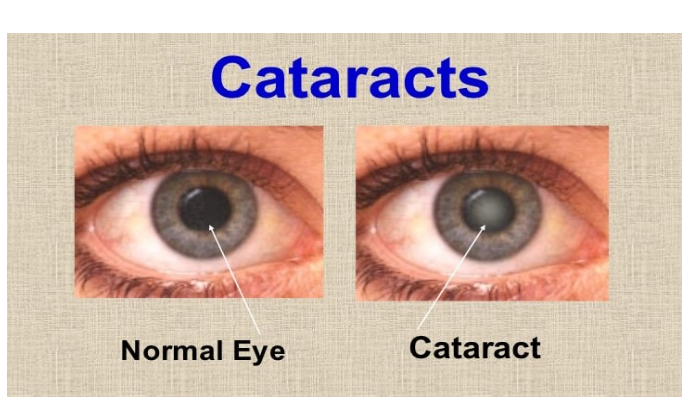
Once a person has gotten cataract, it is not possible to cure it through naturopathy. One must go in for surgery to cure this disease. It is strictly advised to get it checked and cured right away through surgery. Although Naturopathy does not cure it, it helps in preventing cataract. These days, eye infections and problems have become very common, even among children. Naturopathy can help control the level of cataract if diagnosed at an early stage.
Cataract is known as the clouding or opacity of the lens of the eyes. This leads to obstruction in the passage of light and eventually loss of sight. The vision gets fogged due to a clouded layer forming on the retina.
It is highly recommended to get your eyes checked if there are any issues in the eyes. There are more chances of getting cataract after 50 years of age. Another root cause can be eye trauma, infection during pregnancies, eye diseases or arthritis. Cataract is built gradually and takes time; it is a passive process.
SIGNS AND SYMPTOMS:
- Loss of vision after cataract has finished the last stage.
- Photophobia.
- Decreased color perceptions.
- Blurred vision. (especially at a distance).
- Continuous and prolonged headaches.
- Restlessness.
- Drastic low BP.
- Poor vision at night or in a dark place.
The highest risk for cataract is to people having diabetes, Chainsmokers, obesity, hereditary problems, etc. Conceive cataract easily and at an earlier age.
Cataract is classified into:
- Congenital cataract: The one that is faced by a child right from birth.
- Acquired cataract: This is due to the degeneration of already found normal lens fibers,
Senile cataract or traumatic cataract.
The morphological classifications are:
- Capsular cataract: We have capsules behind the eye lens that can be both anterior and posterior capsules. If these capsules are damaged in either of the parts, it can cause capsular cataract.
- Subcapsular cataract: This involves the superficial part of the cataract and includes both the anterior and posterior parts of the capsule.
- Cortical cataract: In this type of cataract, the lens fiber of the cortex is mainly affected. Accumulation of water droplets between the fibers and proteins are first denaturalized and form opacity.
- Super nuclear cataract: In this type of cataract, it only involves the deeper part of the eye cortex. Capsular damage and fiber correlations are irrelevant here. The ecologically classified cataracts are not treated through naturopathy.
We have certain limitations here. But the above-mentioned morphological classifications have some chances of cure through naturopathy. Because the damage here is usually in the initial or ongoing stage.
DIAGNOSIS OF CATARACT:
- Checking the patient’s history of eye related issues.
- Type of ongoing medication.
- Intraocular pressure of the eyes. (if it is stable)
- Hypertension problems visible or not.
- Checking for any lifestyle disease.
- Any type of skin disease.
- Ophthalmoscopic examination.
- Sleep length test
- SNA optic chart test
With allopathy, one can cure cataract through surgeries, get extra capsular extensions, intracapsular extensions, cryosurgery.
With naturopathy, one can help get rid of eye diseases through the five elements of nature and of the body.
- This can be done by managing the ether element in the body through proper nutrient rich diet and fasting. This can be applied for any kind of eye disease. Cavities and hollowness present in the body are cured through this element.
- Fasting eliminates excess toxins from the body. Detoxification activates the vital force to act in cleansing the body.
- Consumption of vitamin A, D and C rich foods.
- Proper carbs, calcium and iron nutrients are also necessary.
- Amino acids
Eye cups, spinal bath therapy, anima for intestinal cleansing, water therapy, hot and cold cloth application therapy, mud application therapy is best, different eye packs, fresh aloe vera eye packs, raw potatoes, carrot and other juices, pranayama and air bathing in a non-polluted area, Surya namaskar exercise, sungazing and blue water.
Accupressure and gasika vaati can be used on the feet. Wheatgrass and alfa alfa juice, beetroot and carrot juice. Are some home remedies you can use for curing diseases.
.
